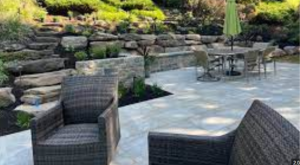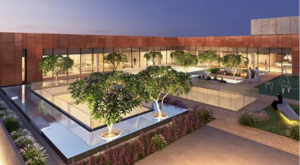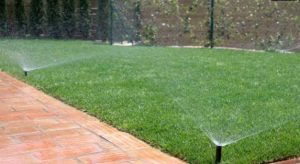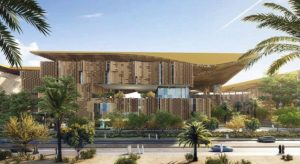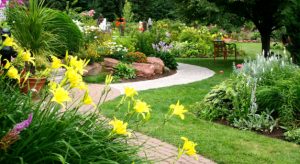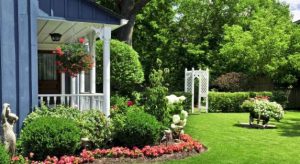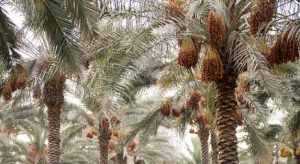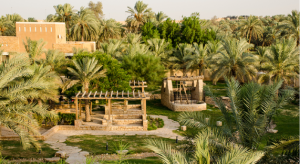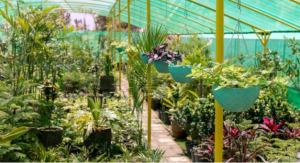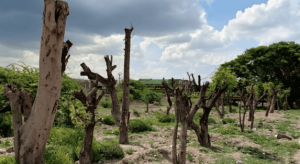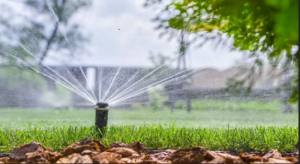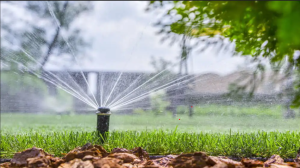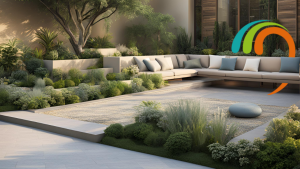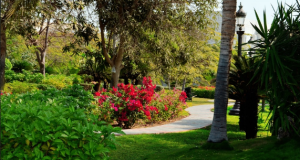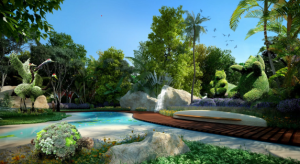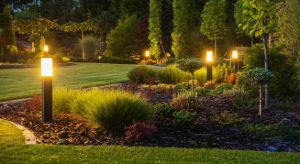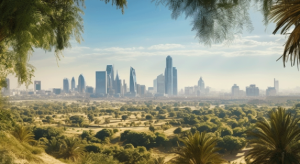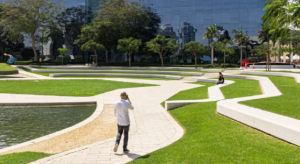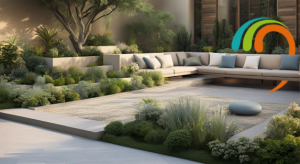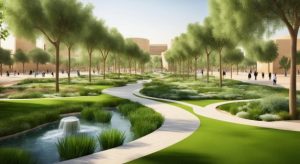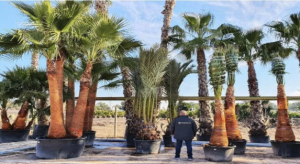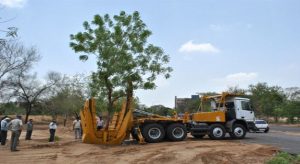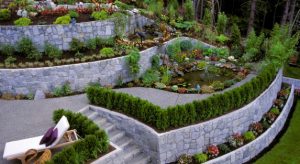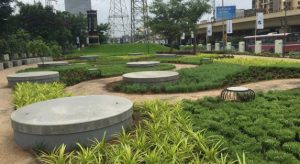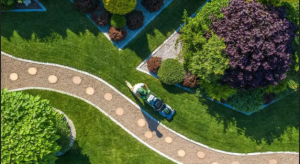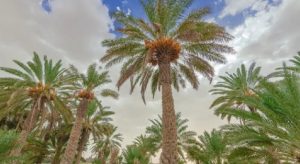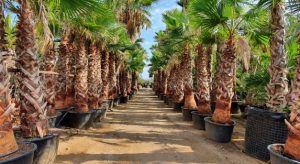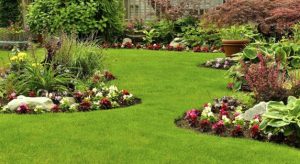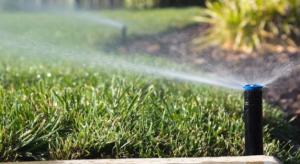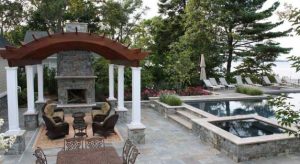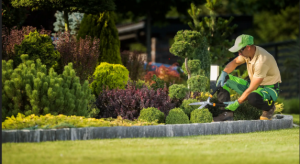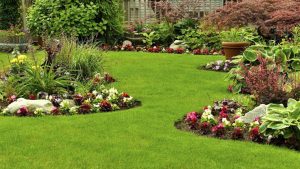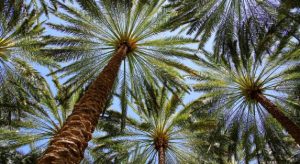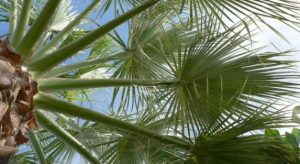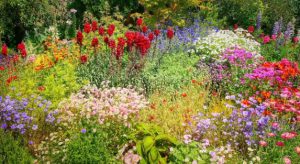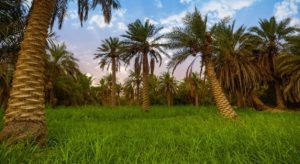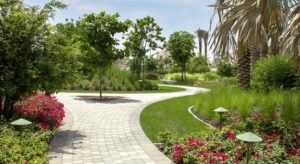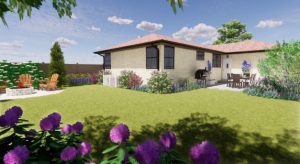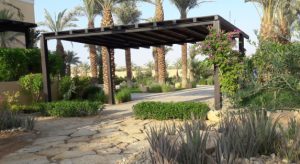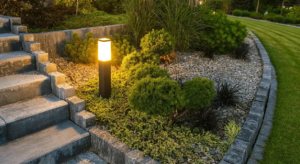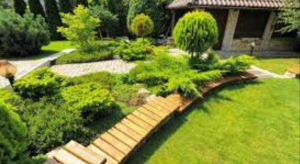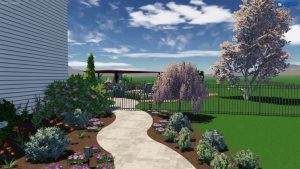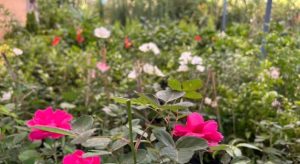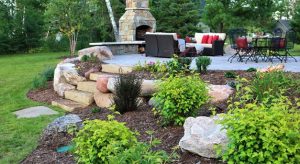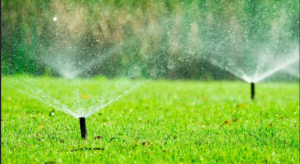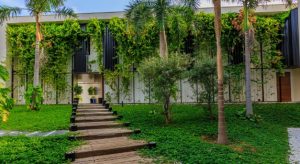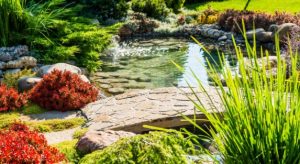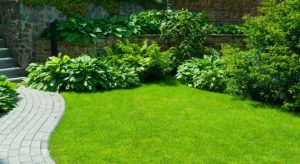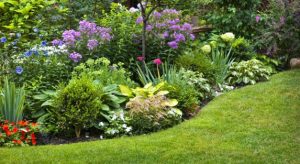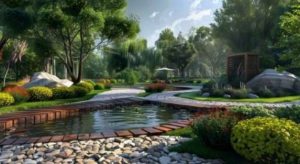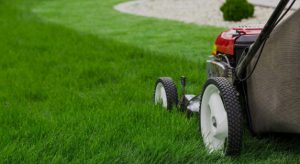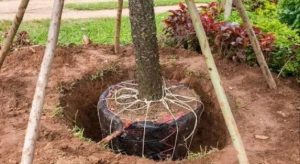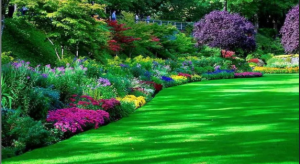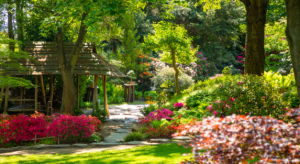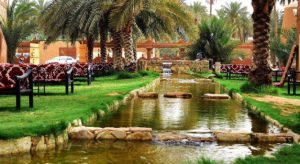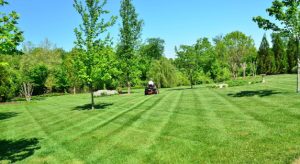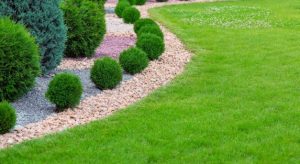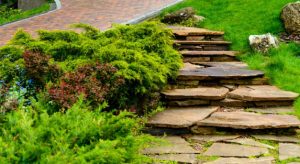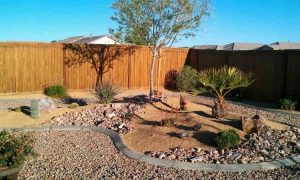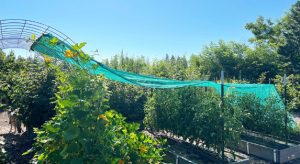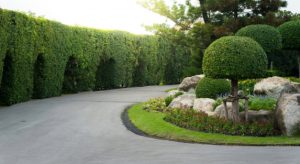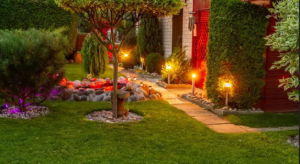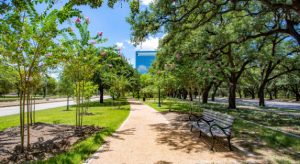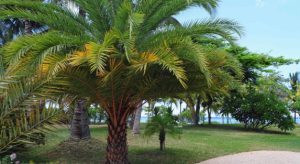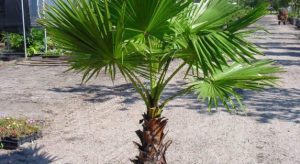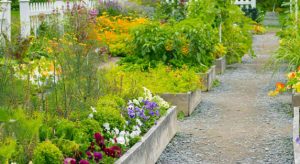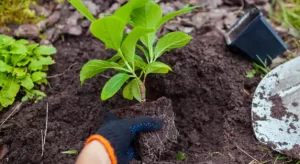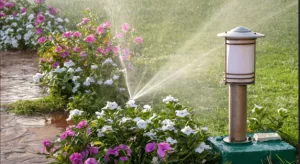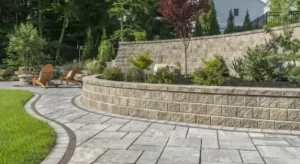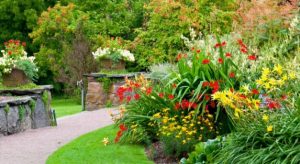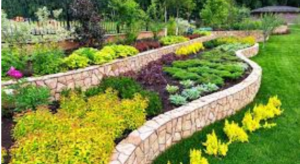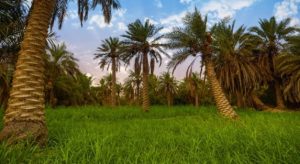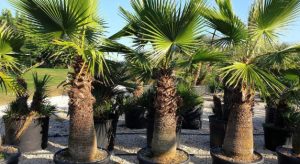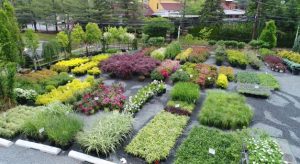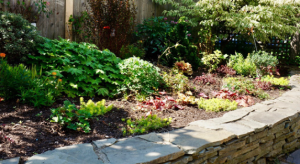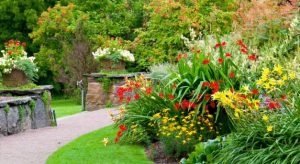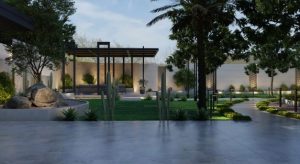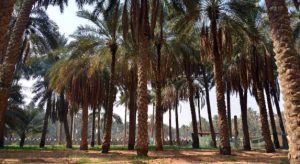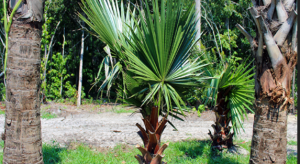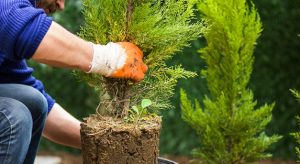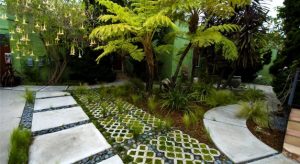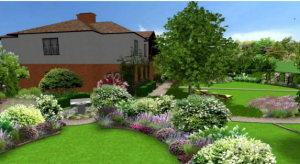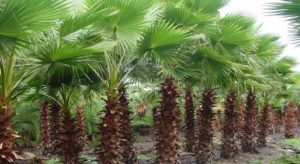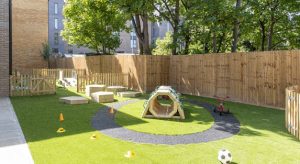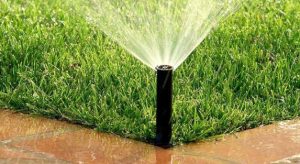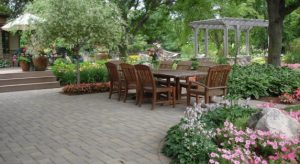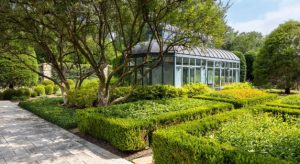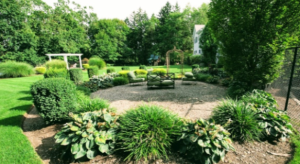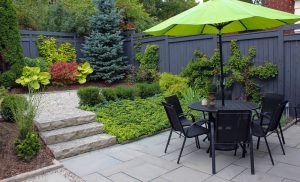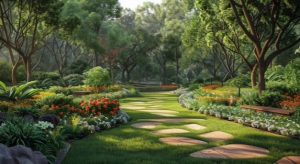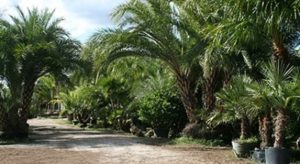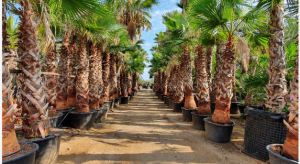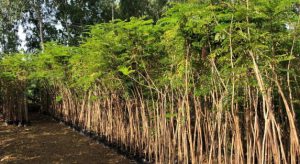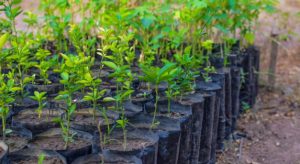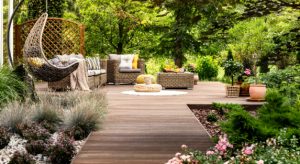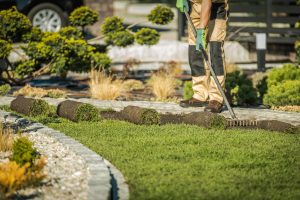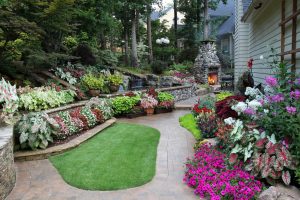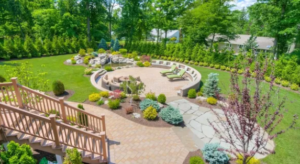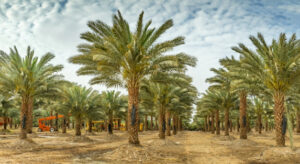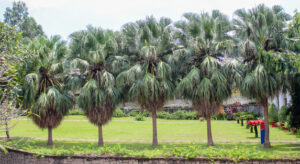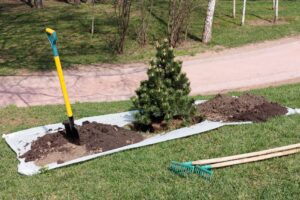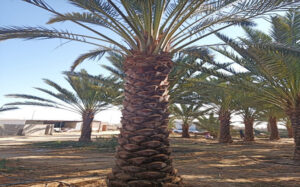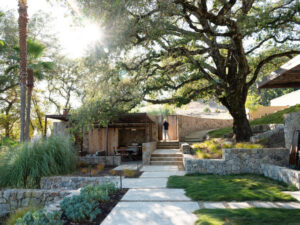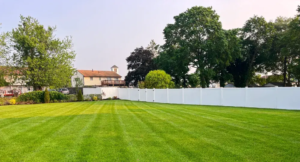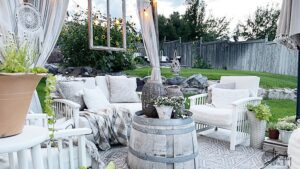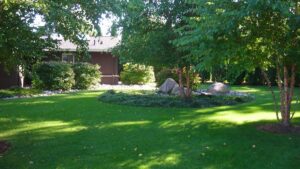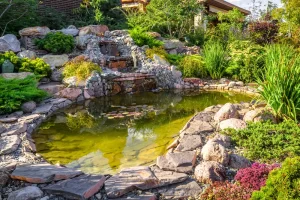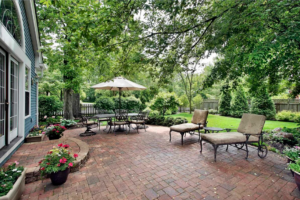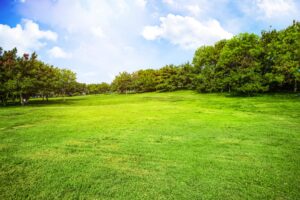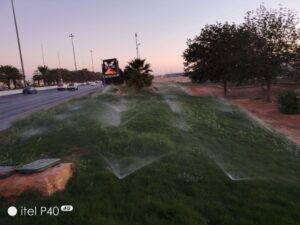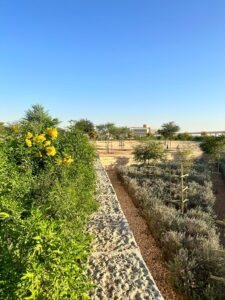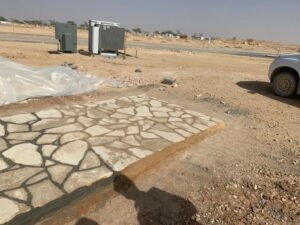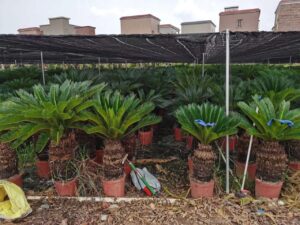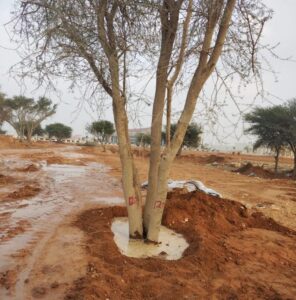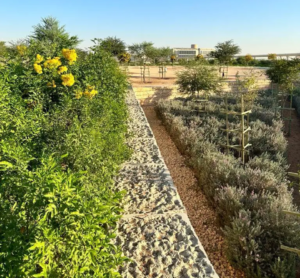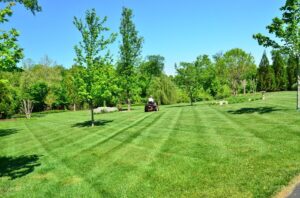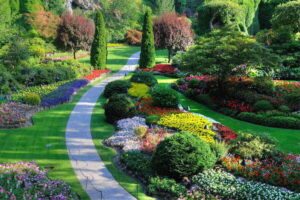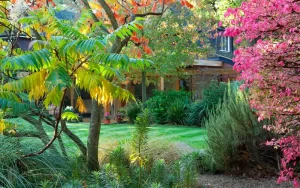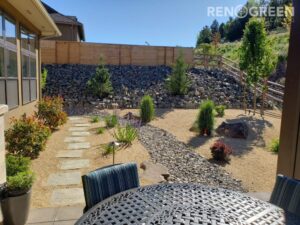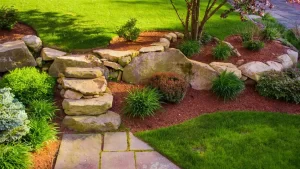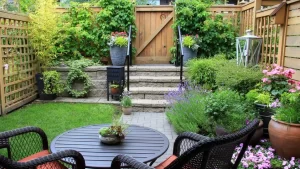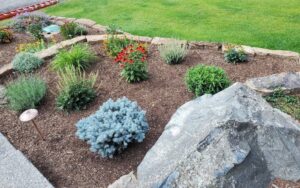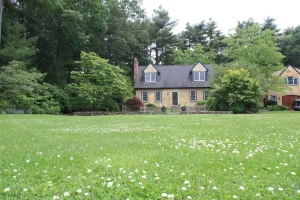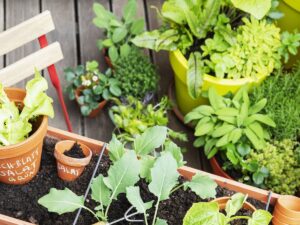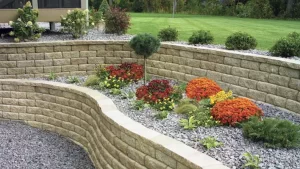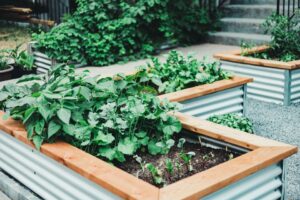10 Evergreen Trees Perfect for Small Gardens
19 March, 2024
Many trees are widely available for small, evergreen, and deciduous gardens in all shapes and sizes. Considering that many of us have limited space in our gardens, all trees chosen must be suitable for the environment in terms of proportion as well as their decorative value.
Aspects to take into account if we have a small garden
Once it has been decided to plant trees in the garden, knowing that they usually constitute the reference center of the garden, they must coexist in harmony with the rest of the plant and architectural elements and the space without invading. Therefore, his choice cannot be the result of an impulse. There are many factors to consider when choosing a tree for a small garden.
These are some of the most important ones:
Height and wingspan. This is the most critical factor. You have to consider the size in the adult state. Since disproportionate proportions of the chosen species will lead to various problems in the future. Even small ornamental trees, over time, can reach a height of 6-8 m. or more. In gardening, pruning is used to control the size of trees. Well executed and repeated with adequate frequency, it can solve possible significant problems and increase its ornamental value. You can also choose the tree according to its form of development. For example, pendulous trees rarely increase that much in height. If span is an issue, such as in a very restricted area, consider a columnar tree, as these do not spread appreciably. Another option is to look for dwarf species or large shrubs.
Adaptation to the climate of the area. Trees can live in diverse environmental conditions, but not all can live in all environments since they do not tolerate certain conditions. That is why it is essential to choose trees that are adapted to the environment.
Deciduous or evergreen trees. If we choose deciduous trees, they lose their leaves in the fall and winter, which makes it harder for us to take advantage of more sunlight. On the other hand, evergreen trees provide shade throughout the year, but in seasons where sunlight is scarcer, they deprive us of natural light at home.
Station of interest. Let's consider the aesthetic aspect of the tree, thinking about the flowering season, foliage, and bark, and we only have space for one or two trees. We will choose those with more than one season of interest, such as fruit, the change in leaf color in the autumn, or flower color.
Tree species for small gardens
Maple. (Acer platanoides “Globosum”). Deciduous tree, slow growing. It is ideal for small gardens and even in pots. Its rounded or umbrella-shaped crown characterizes it. Green leaves turn yellow in the fall. Suitable for cold climates and exposure to full sun.
Altea or Syrian Rose (Hibiscus syriacus). Shrub or small deciduous tree that stands out for the color of its flowers. It reaches 2 to 5 m. heightt. It withstands direct sunlight and tolerates the cold. It adapts to any climate, preferably temperate places.
Jupiter tree (Lagerstroemia indica). Deciduous trees from 3 to 6 m. tall with a flat crown, very ornamental for its color in the fall and the pink, white, or mauve flowers.
Strawberry tree (Arbutus unedo). Large shrub or tree up to 8-10 m. typical of the Mediterranean region. They are widely used as an ornamental species for the beauty of their foliage, flowers, and fruits. It prefers sunny places; it cannot tolerate the cold conditions generated by frost. It is necessary to maintain constant soil moisture levels.
Common lilac (Syringa vulgaris). Large shrub or small tree 6 to 7 m. tall, used as an ornamental within the olive family. Its main interest lies in its abundant and scented lilac or white leaves. Resistant to frost and exposure to full sun.
Blossom cherry tree. (Prunus serrulata "Royal Burgundy"). It is very suitable for gardens with little space due to its not very vigorous growth. Ovoid in shape, 5 to 6 m high. Fuchsia flowers and leaves turn bright red in mid-November. It is like semi-shaded sun exposure with medium adaptation to heat. The red or Pisardi plum (Prunus cerasifera "pisardii") is also a good specimen due to its size and low maintenance in small gardens.
Photinia. (Photinia x fraseri "Red Robin"). Photinia is appreciated in garden decoration for its shape and foliage color, which change from 4 to 6 m high depending on the season. It adapts to any place as long as it is protected from the cold and strong winds. Exposure to sunlight provides intense colors but can also develop in semi-shade.
Privet(Ligustrum japonica). Evergreen tree 4 to 8 m high with a rounded, leafy crown. It adapts to all soil types but develops best in excellent, sandy soils. It is not easily damaged by harsh frosts or drought. It tolerates shaded areas, although it grows best in direct sunlight. It tolerates pruning and trimming very well and contamination very well.
Flower cherry tree (Prunus serrulata). Another example is a tree for small gardens measuring about four to five meters in size. It is one of the first species to bloom – since the last weeks of winter, we can already see cherry blossoms – and it hardly requires any care.
Ornamental apple tree (Malus floribunda). In spring, before the leaves even come out, the flowering branches of this three or four-meter flowering tree are quite a spectacle. And in summer and autumn, its fruits are.
In the sun or the shade? If the climate in winter tends to be calm, it is better in the sun and temperate regions in semi-shade. What bothers the apple tree a lot is the powerful winds. Protect it!
You Can Read Also: 7 Tips for Creating Sustainable Landscapes
- Fountain and Waterfalls
- Gardening
- hardscape
- Irrigation system
- Landscape
- Lawn
- Nursery
- Palm Tree
- Plantation and Maintenance
- softscape
- Tree Transplanting
- Washingtonian Tree
Categories
Latest Post
- Fountain and Waterfalls
- Gardening
- hardscape
- Irrigation system
- Landscape
- Lawn
- Nursery
- Palm Tree
- Plantation and Maintenance
- softscape
- Tree Transplanting
- Washingtonian Tree





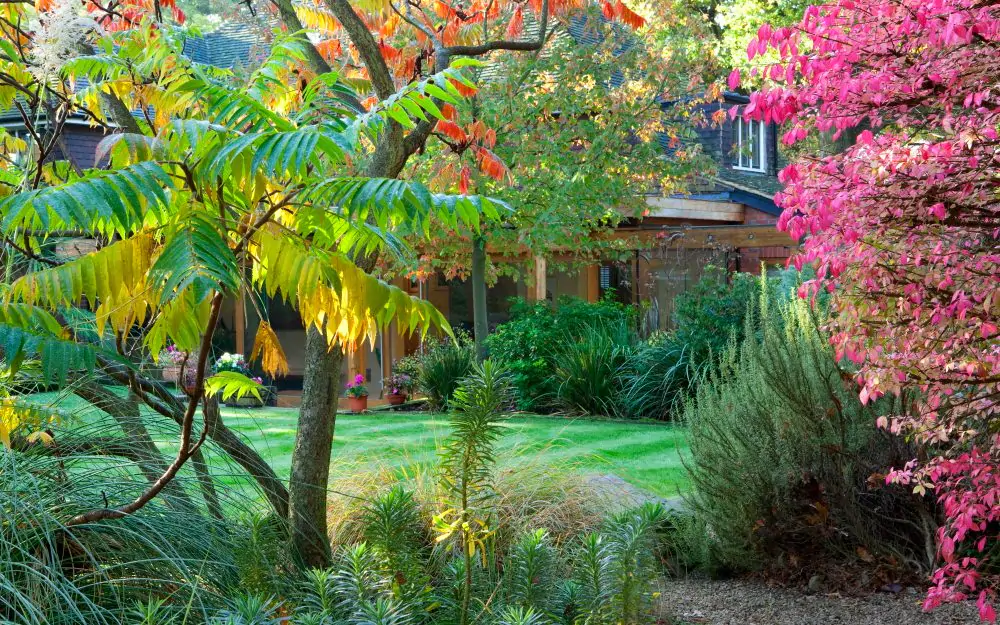

 .
.